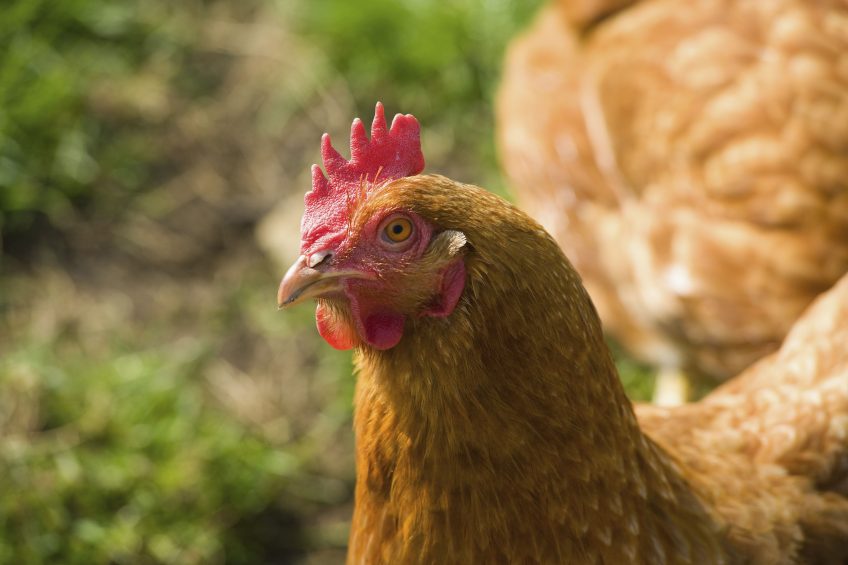Grants available to poultry producers

The Government has guaranteed countryside and rural grants across England until 2020, but farmers only have until March 2019 to apply. It’s therefore worth looking now, according to David Rodda MBE, of the Cornwall Development Company. Speaking at the West Country Layers Association’s annual conference, Mr Rodda said the grants could be used to add value, grow your business and push innovation.
The Countryside Productivity scheme
This is split into a large and small scheme. The large scheme has a minimum grant of £35,000, with no maximum. It targets forestry, adding value, and food processing – but there is nothing here for core production.
Projects which are likely to be eligible for the adding value section include building works and machinery which adds value to products, explains Mr Rodda. In England the maximum level of intervention is 40% – however this is 50% in Cornwall and the Isles of Scilly.
The same rates apply to the improving farm productivity section, but there is a maximum grant of £1m.
The application process is 2-stage:
- an online expression of interest
- if you are accepted – is a full application with details of planning permission, match funding, cash flow, 3 quotes for work and all environmental consents.
Smaller grants
Although the deadline for the small grants side of the Countryside Productivity Scheme was 14 March, there will be a second round, so it’s worth looking out for, says Mr Rodda.
It has a minimum grant of £3,000 and a maximum of £12,000, with 40% intervention in England and 50% in Cornwall. Farmers can select items – like resource management and efficiency equipment – and apply for funding, which is based on set costs at roughly 40% coverage.
“This is a 10-minute online form but while there are lots of options for mixed farms there are not many for poultry producers,” says Mr Rodda. “I would advise writing to the minister to ask for more poultry options in round 2.”
Growth Programme
The Growth Programme is run by individual local enterprise partnerships (LEP), with grants open for value added food processing, rural business development and rural tourism. These have intervention rates of 40-45% and the grant will depend on the LEP area. It is a 2 stage process handled by the RPA.
Leader programme
Another option is Leader Funding which is run by Local Action Groups. “Grant funding is between £2,500 and about £150,000 but there is no set maximum,” says Mr Rodda. “If you cannot find what you want with the Countryside Productivity scheme, a Local Action Group is allowed to decide to fund what is innovative in its area. The grants are to support micro and macro businesses, farm diversification, rural tourism, farm productivity, forestry and rural services.”
Mr Rodda advises that farmers only ask for the amount they need and put together a good – but not overly optimistic – financial plan. “If you have a 25% rate of return you won’t get the money because the view from the RPA is that you don’t need it. They are looking for a strong business and sustainability at the end of it.”








